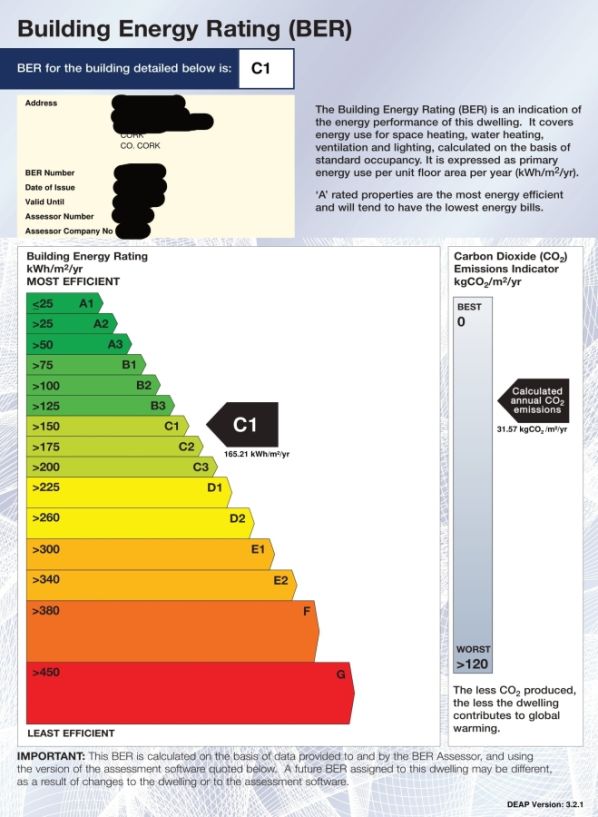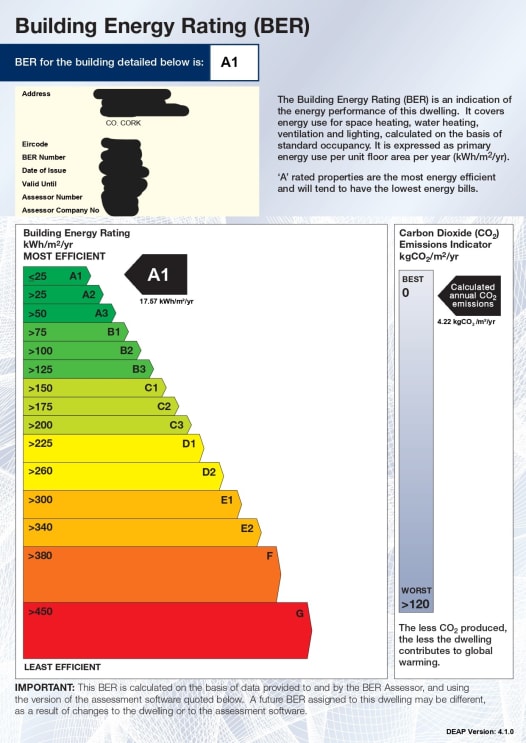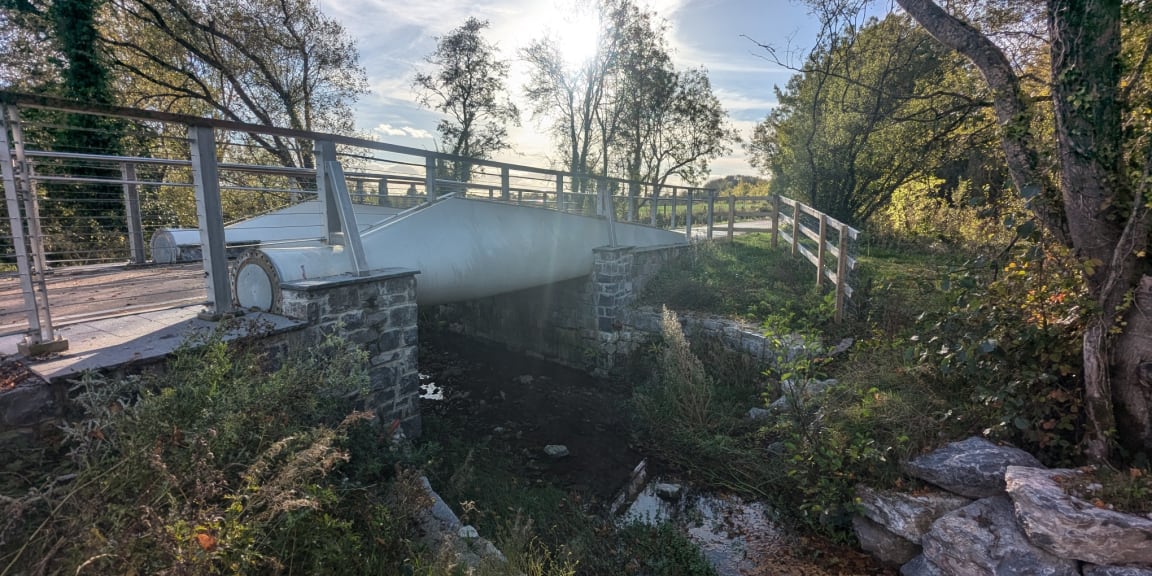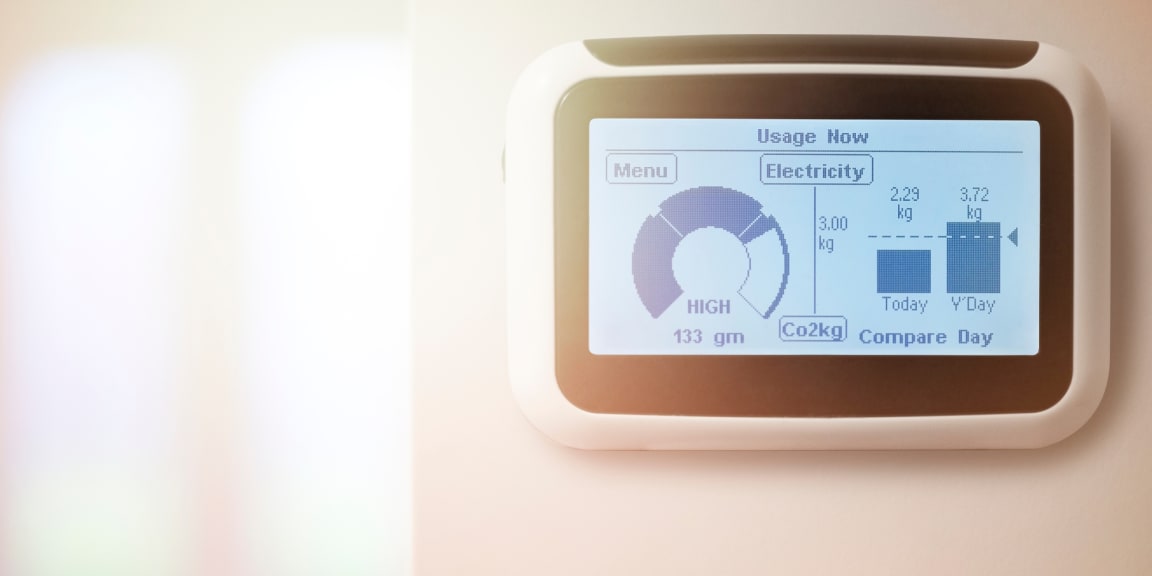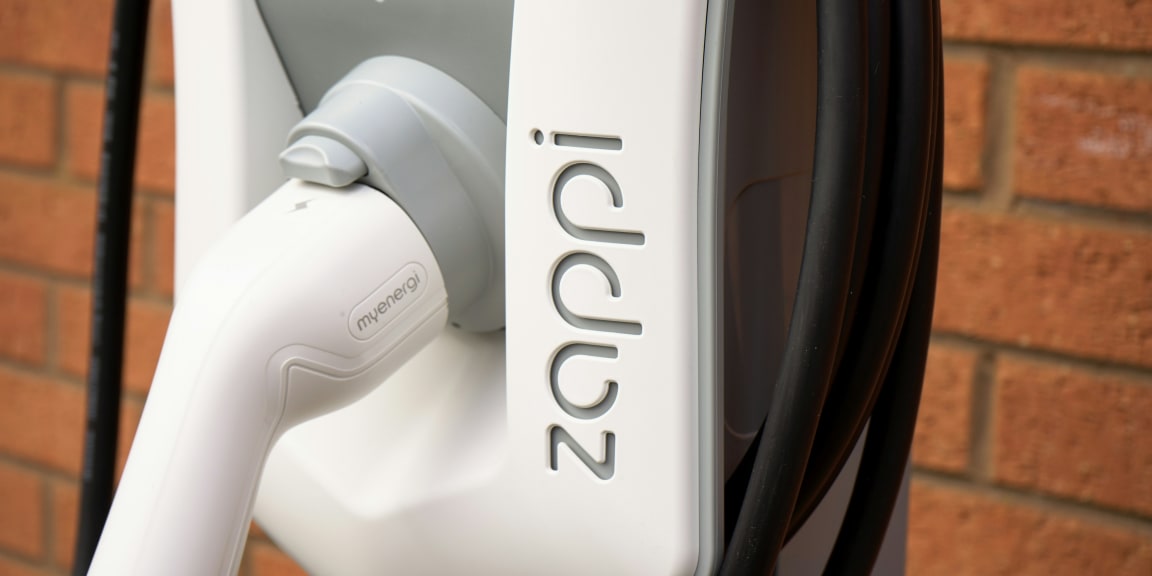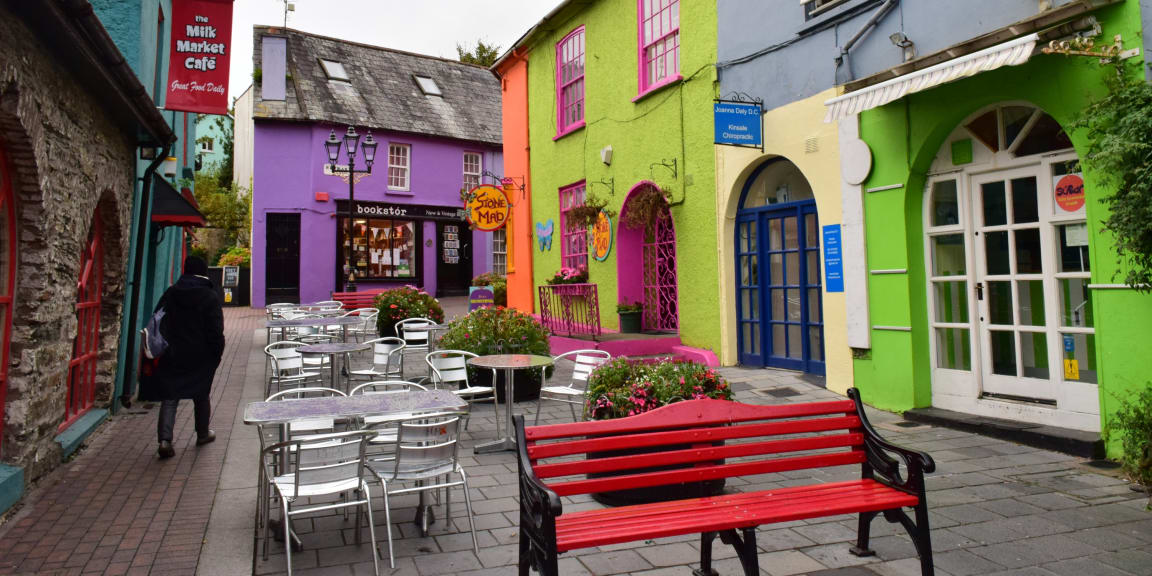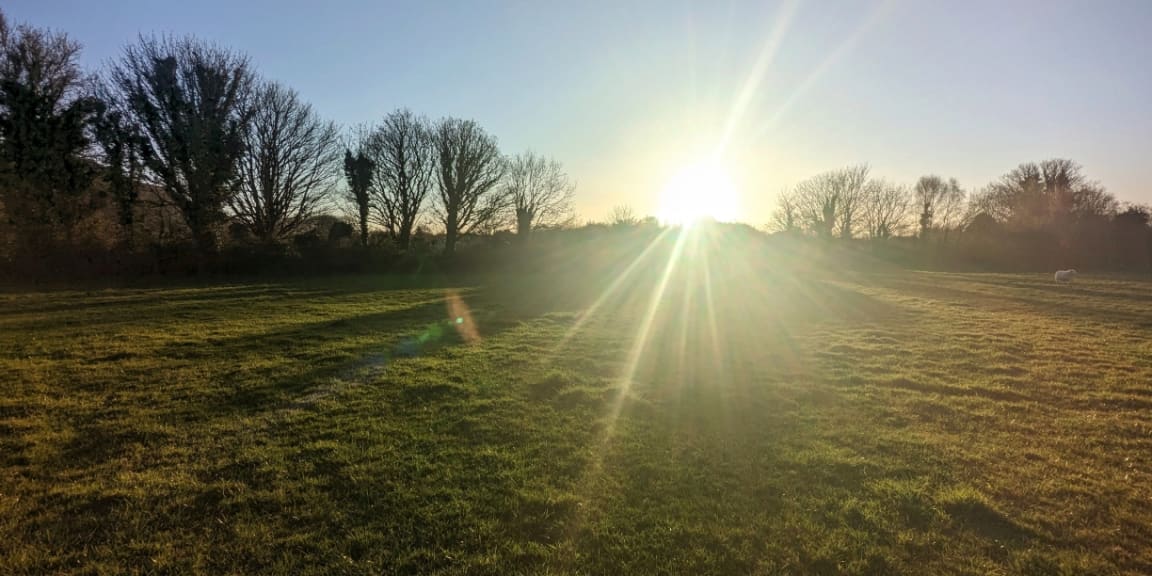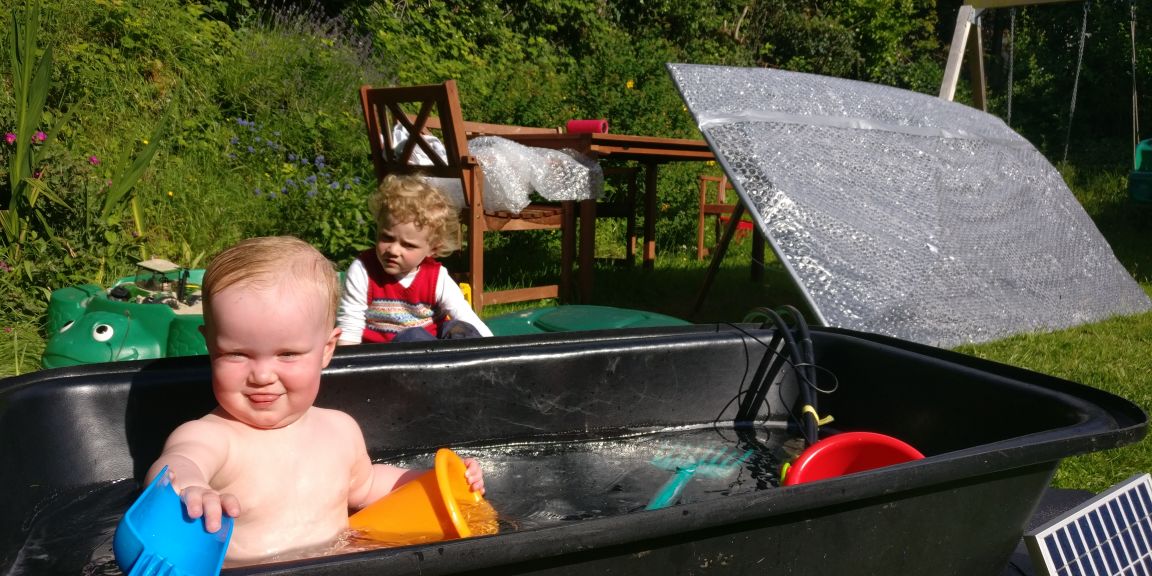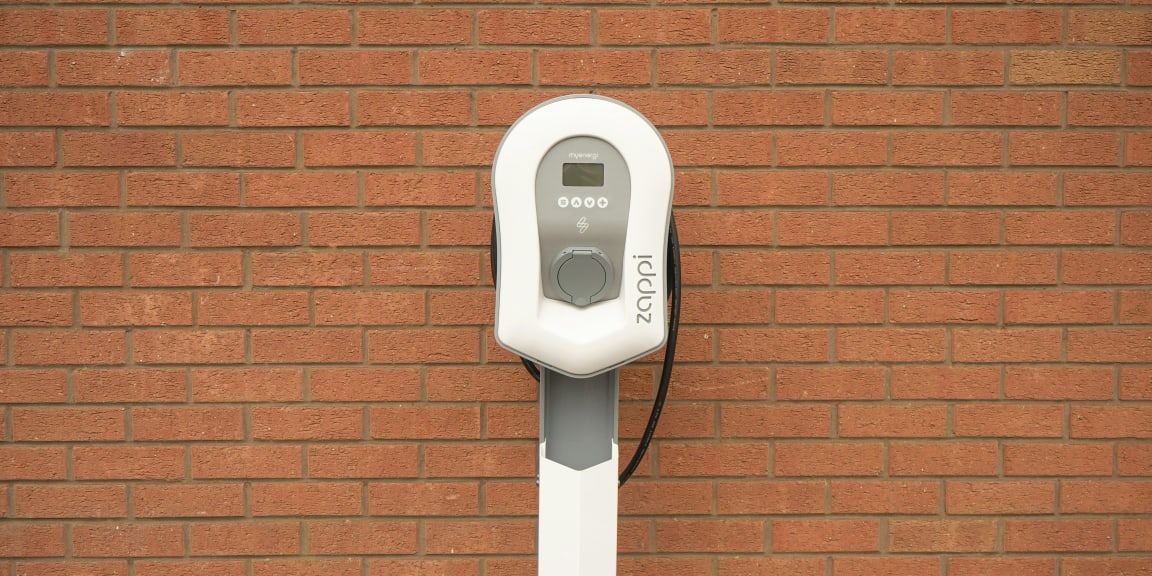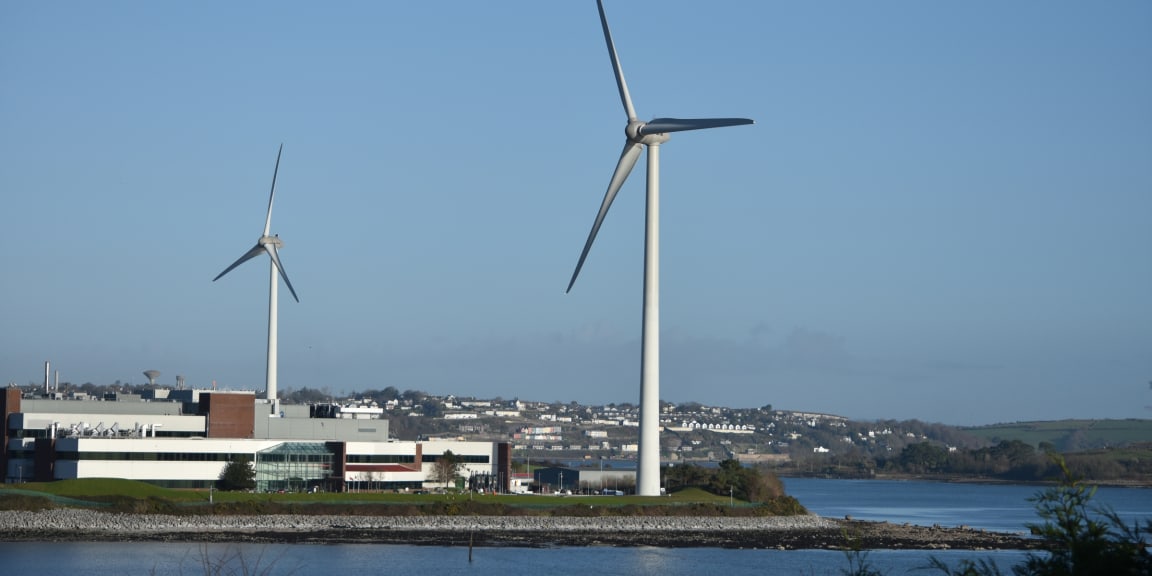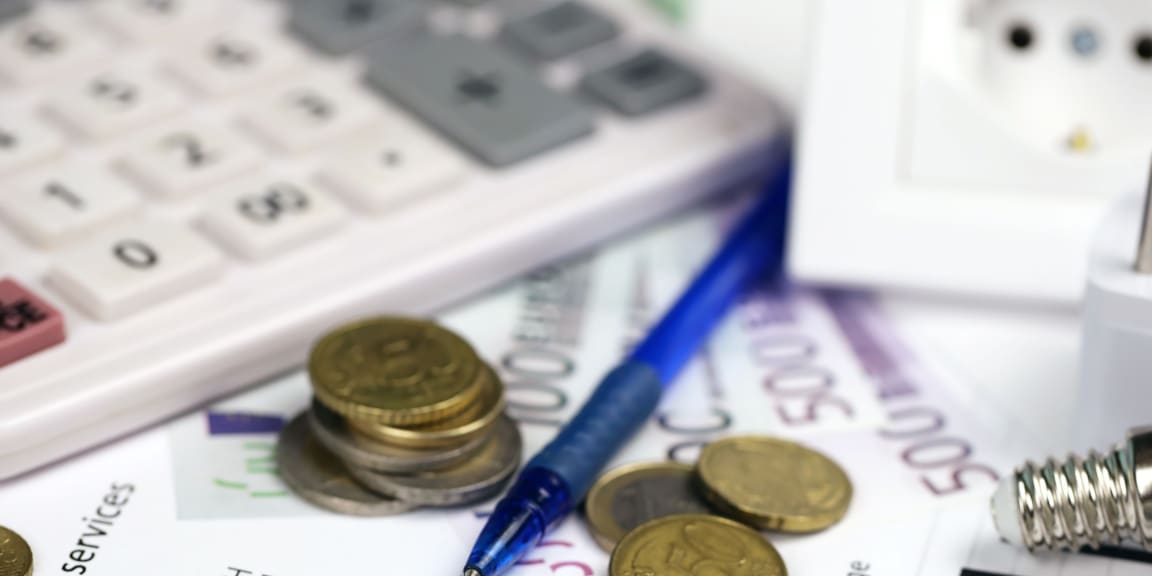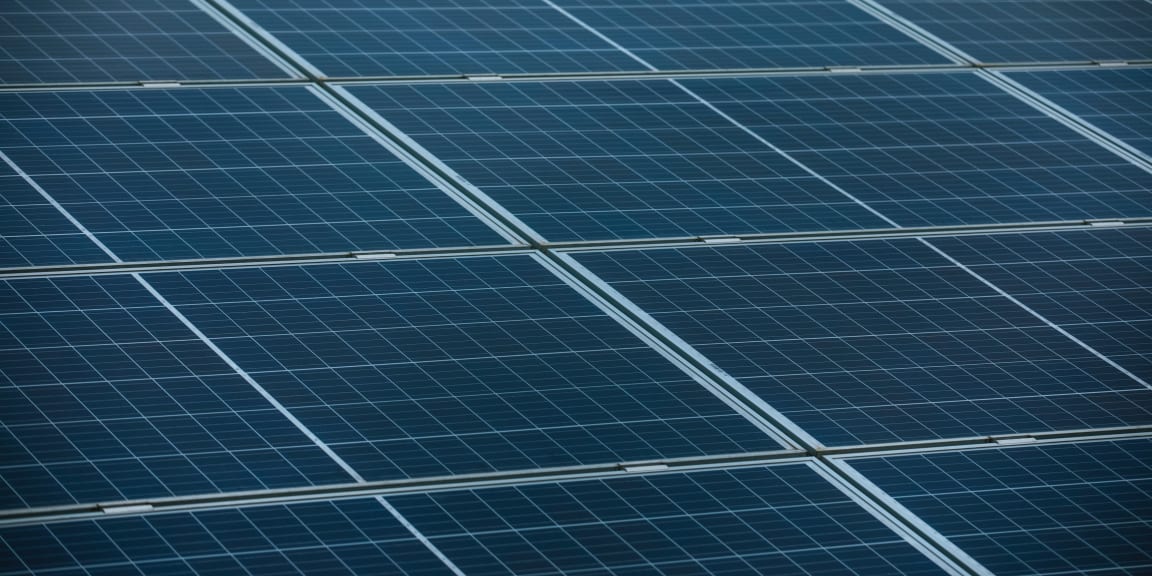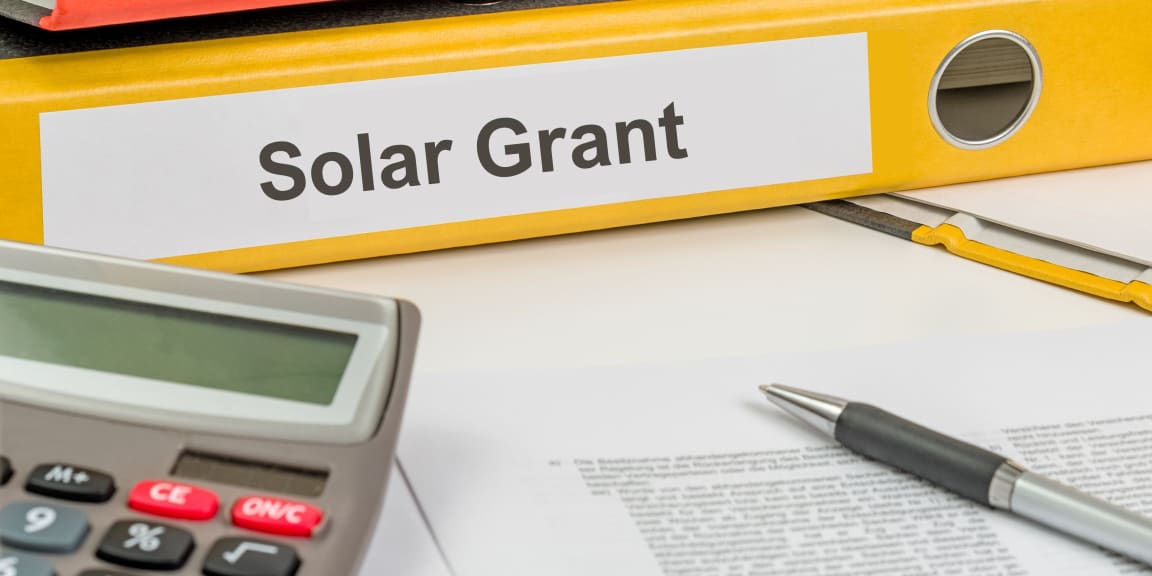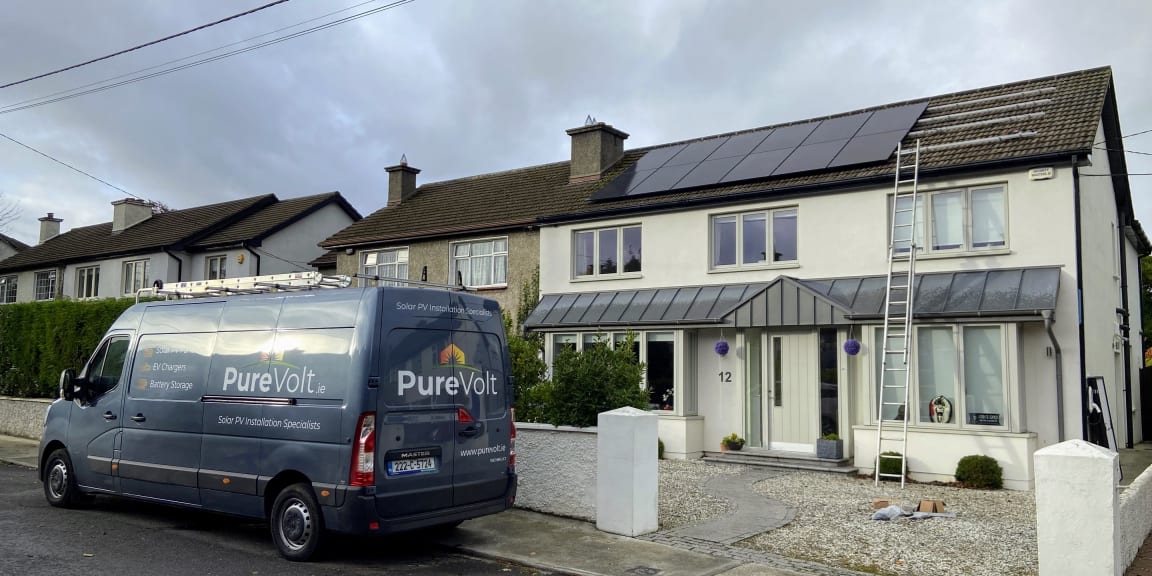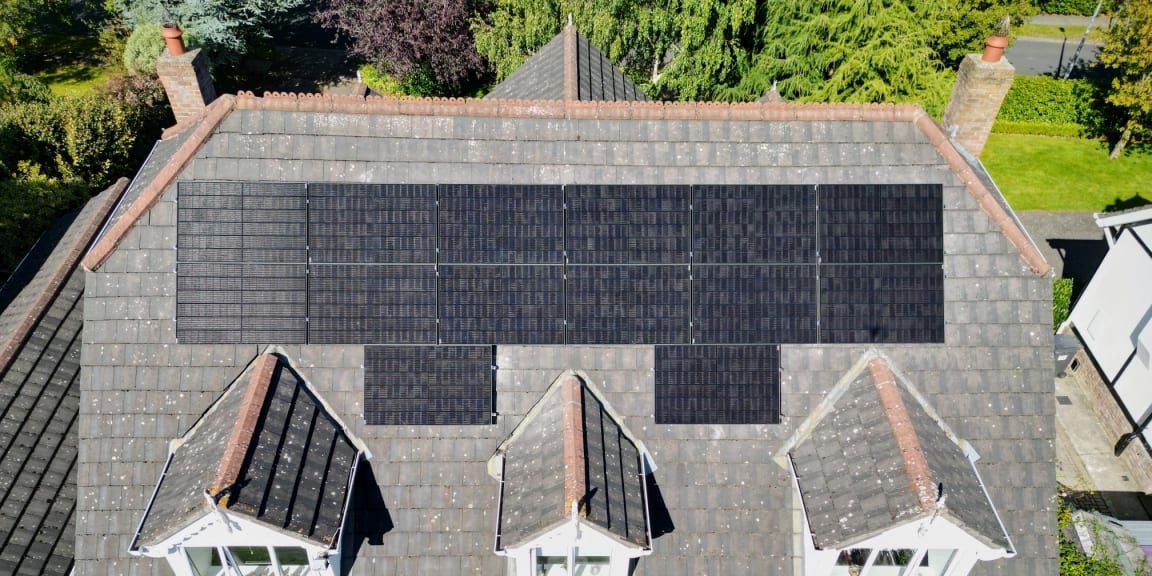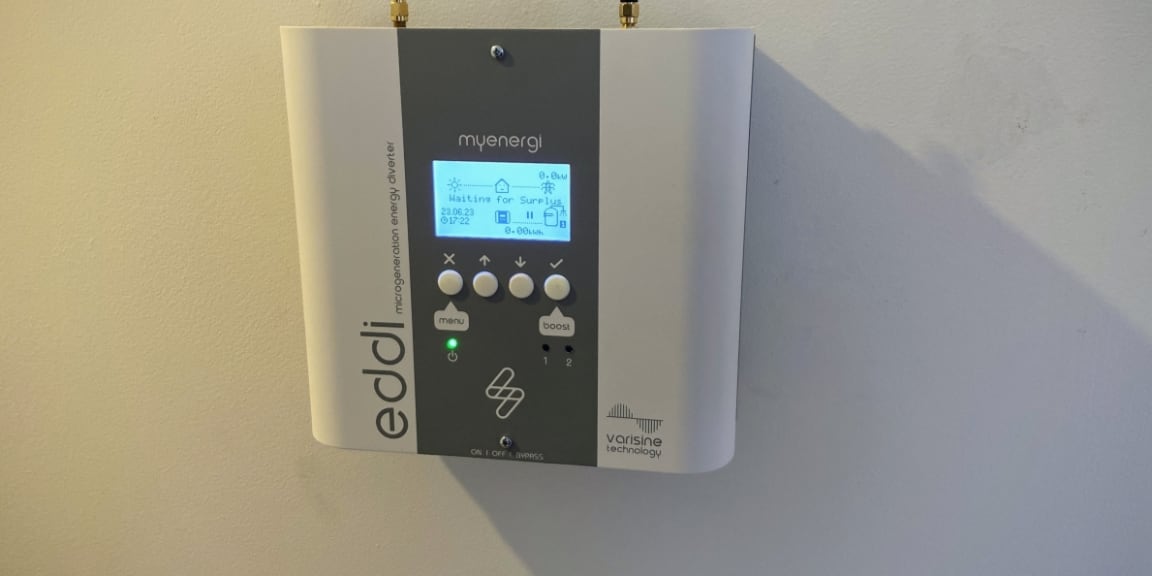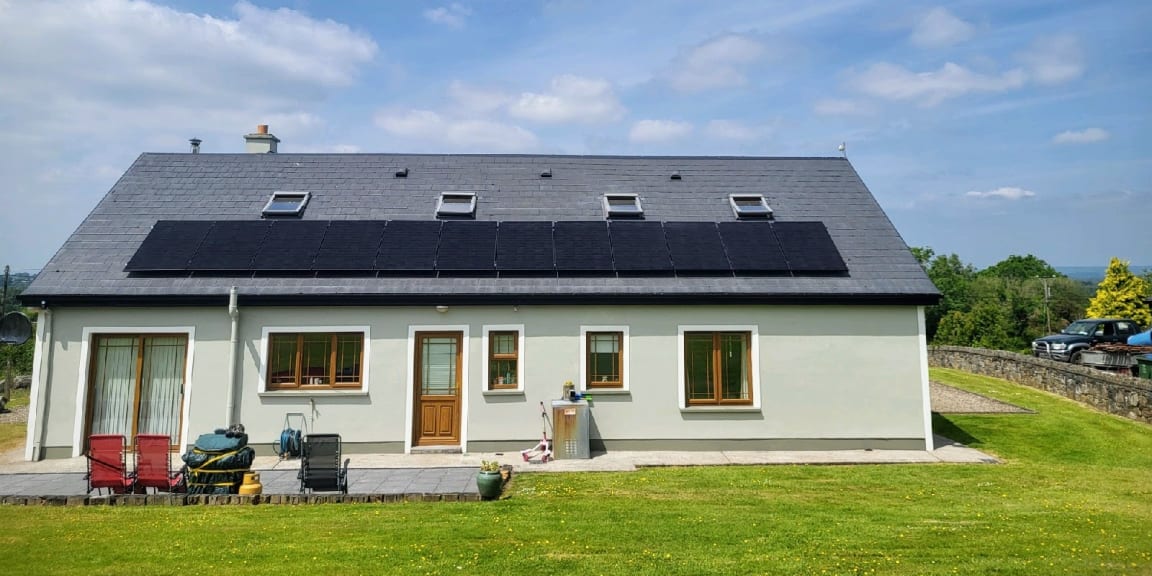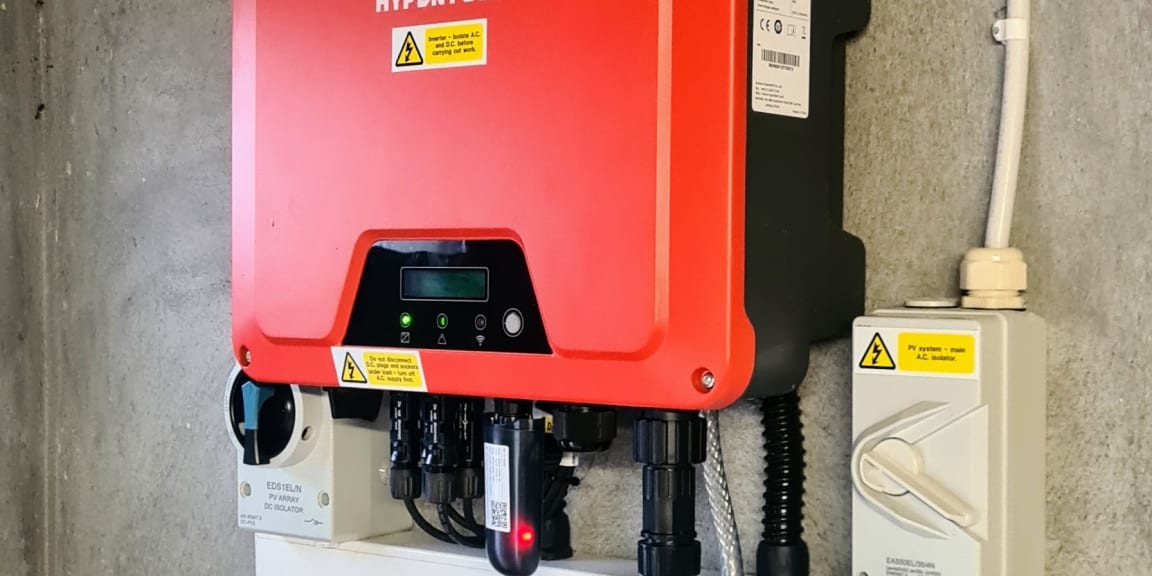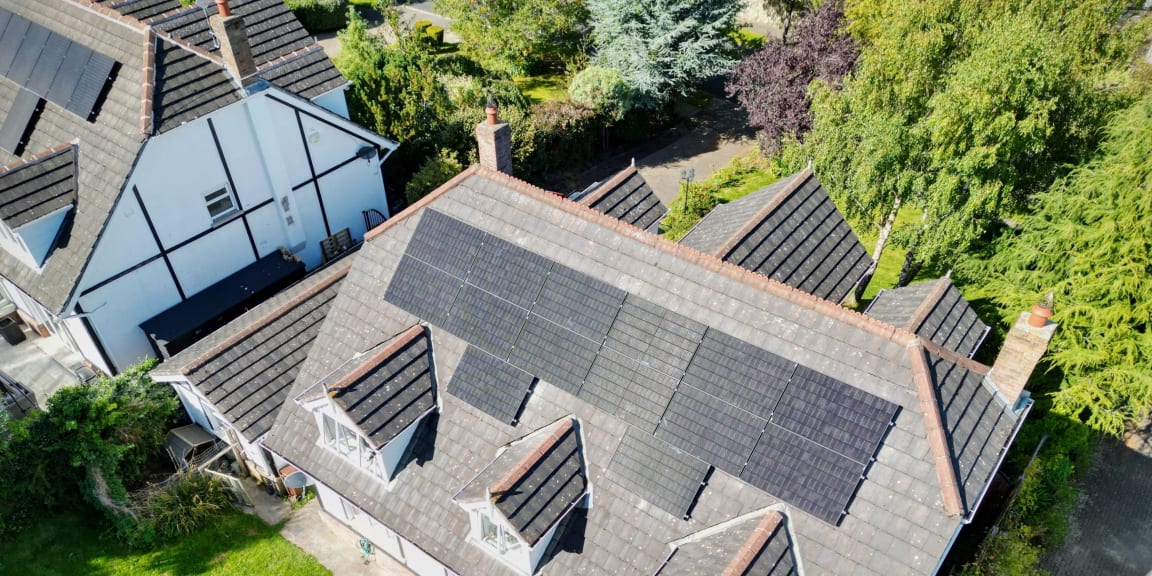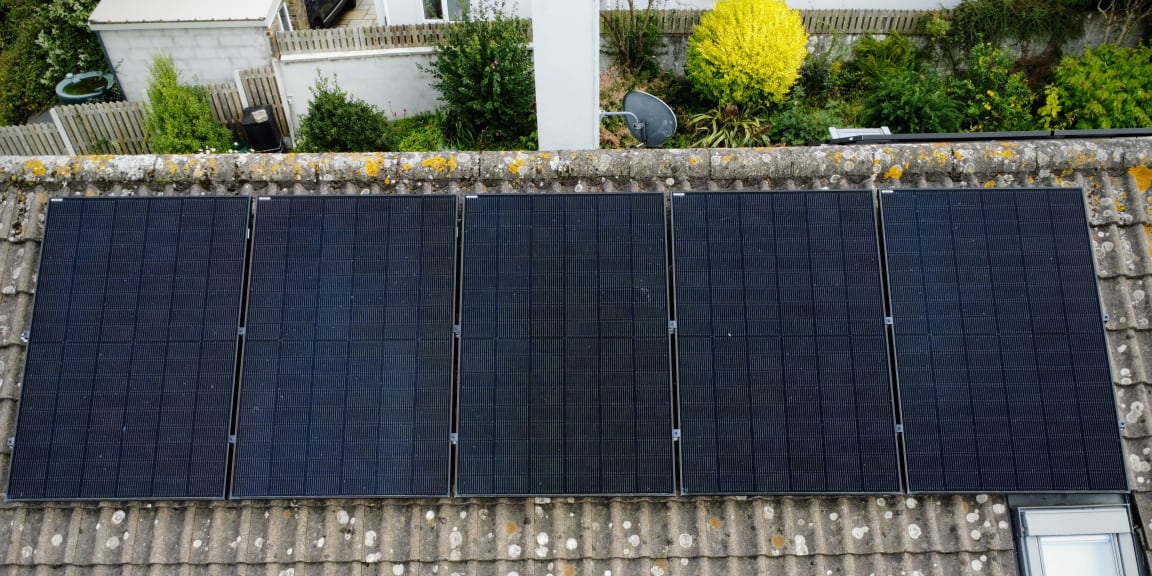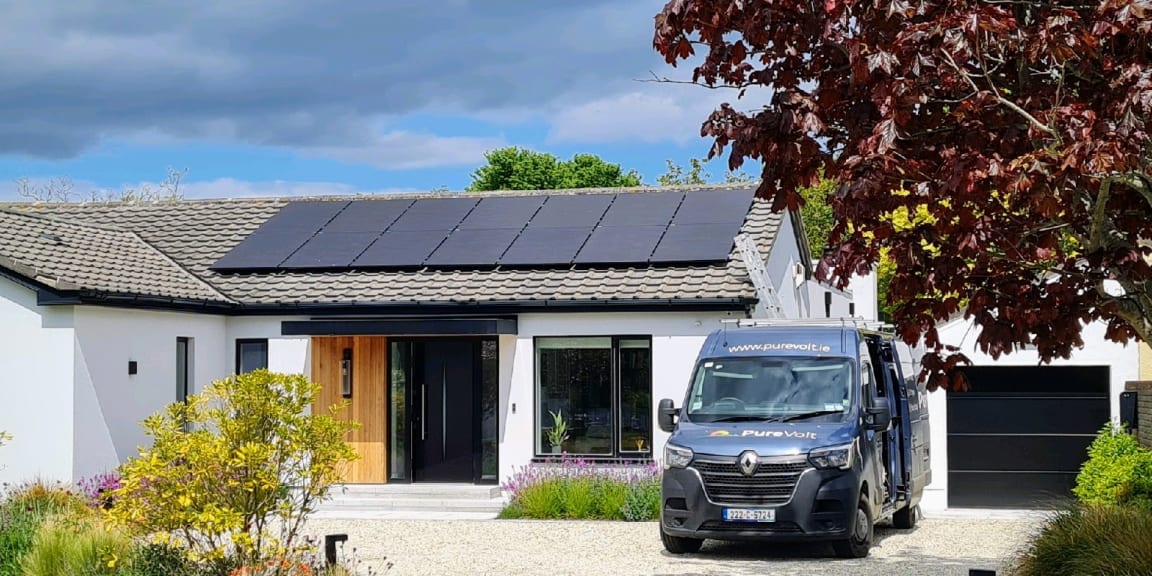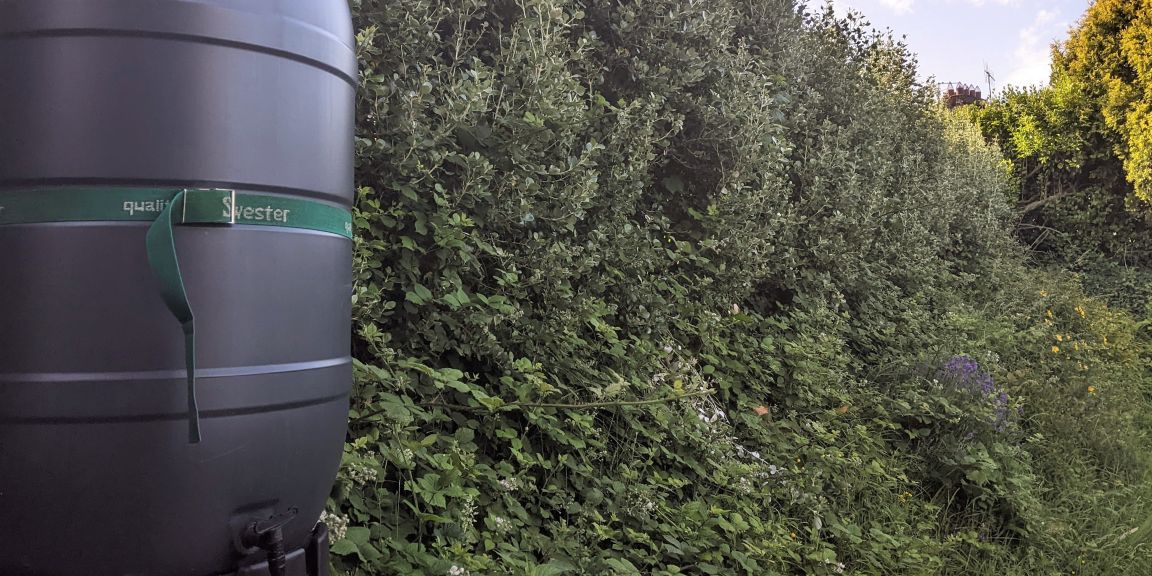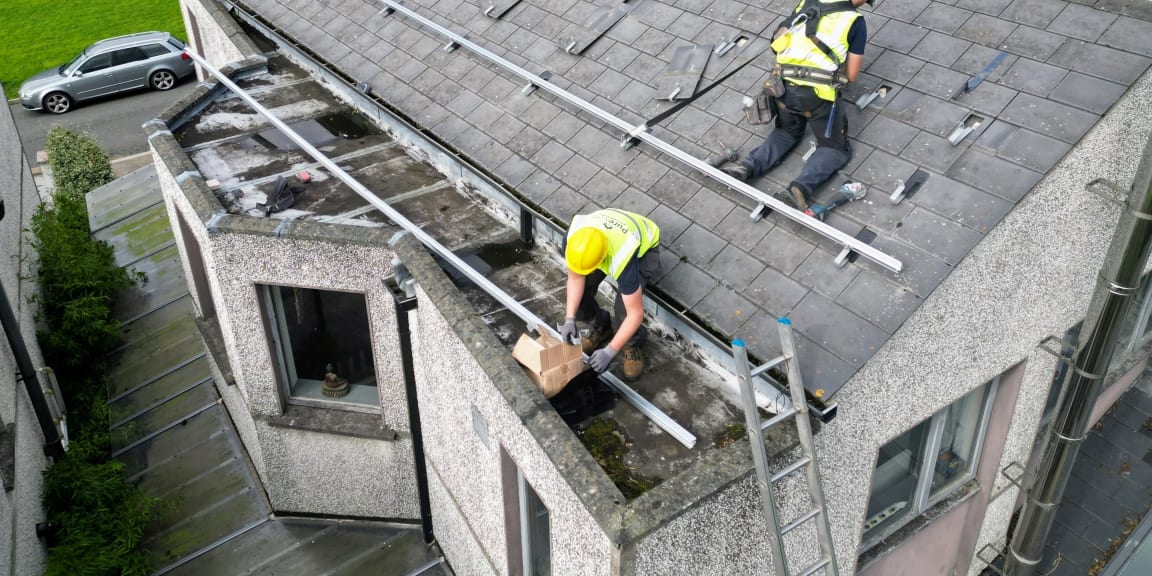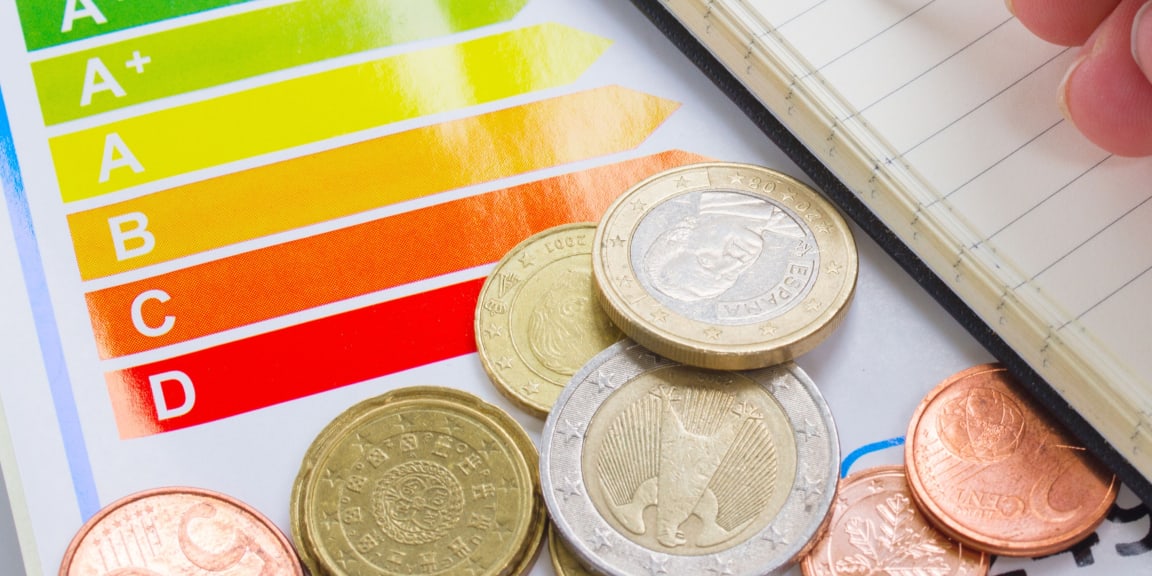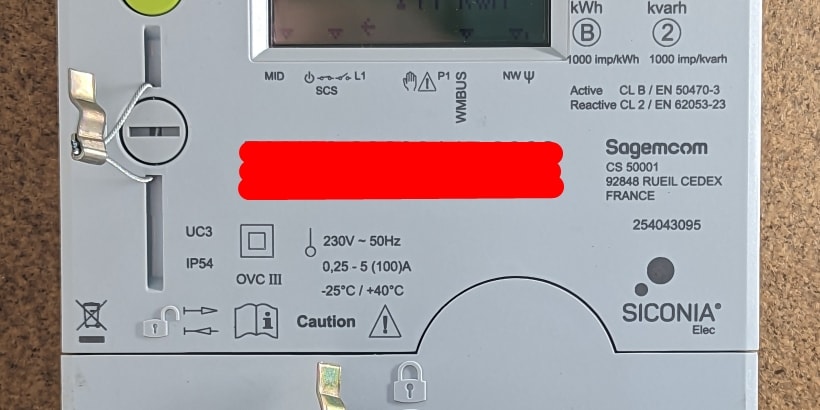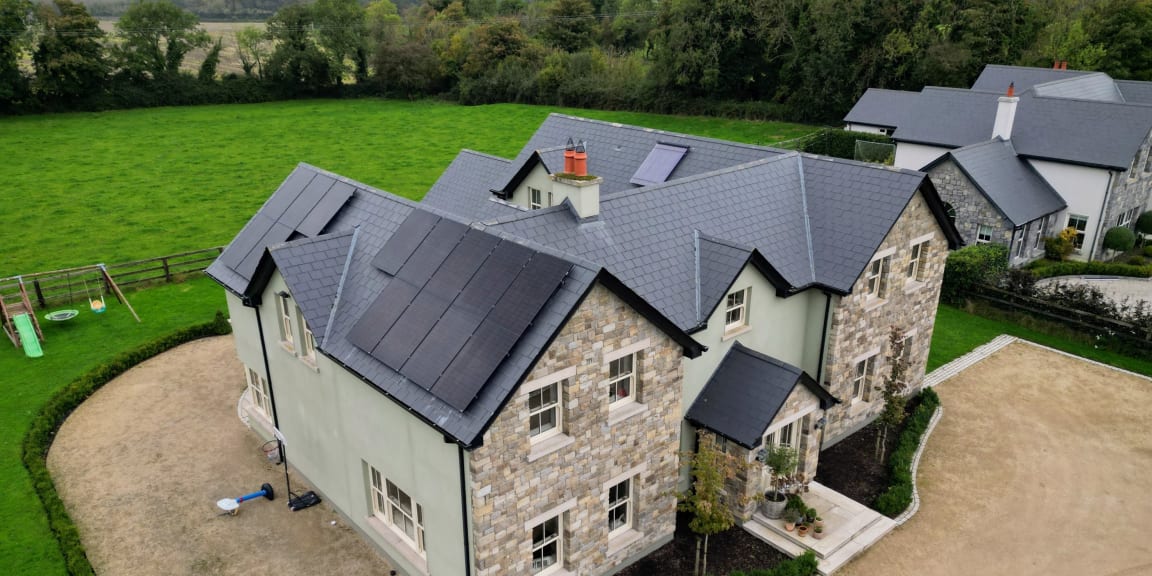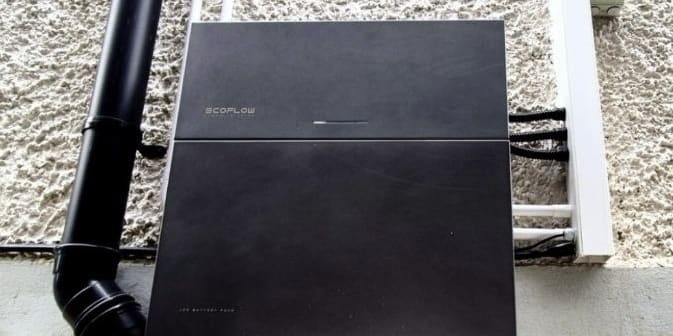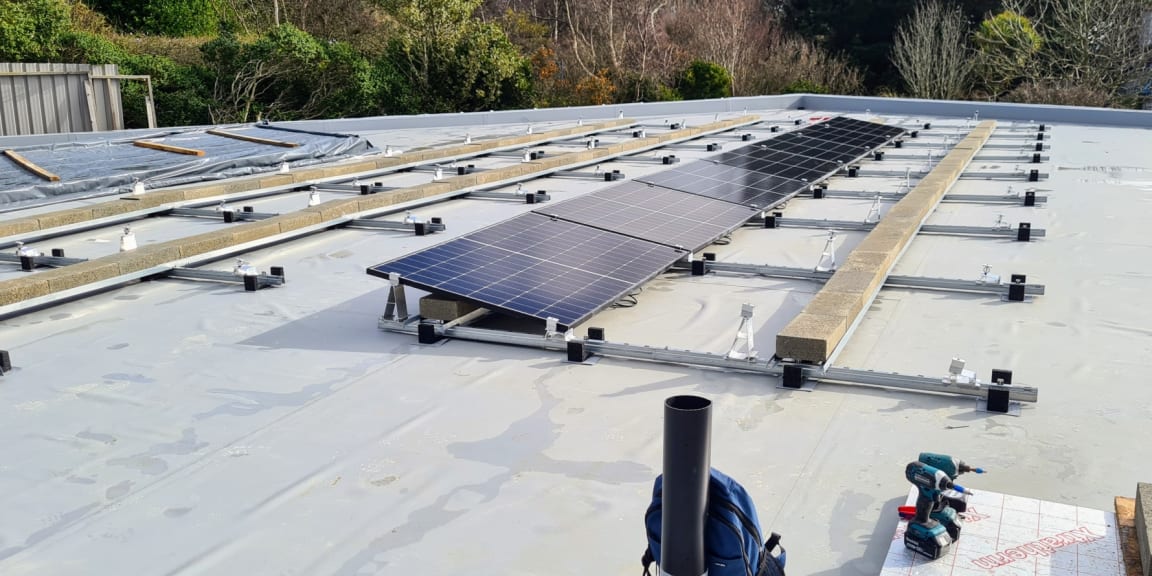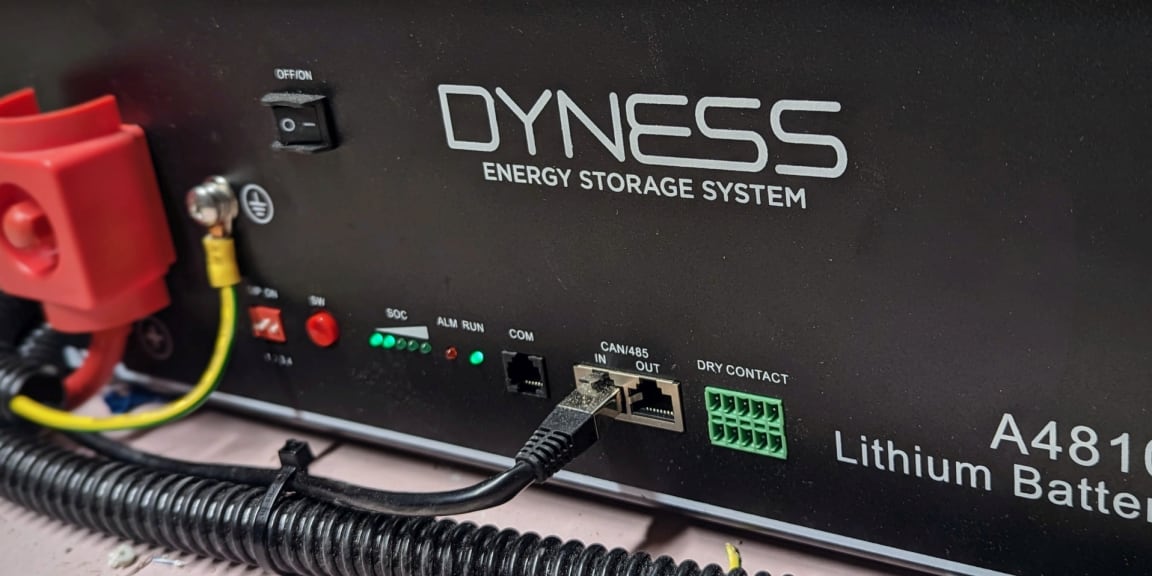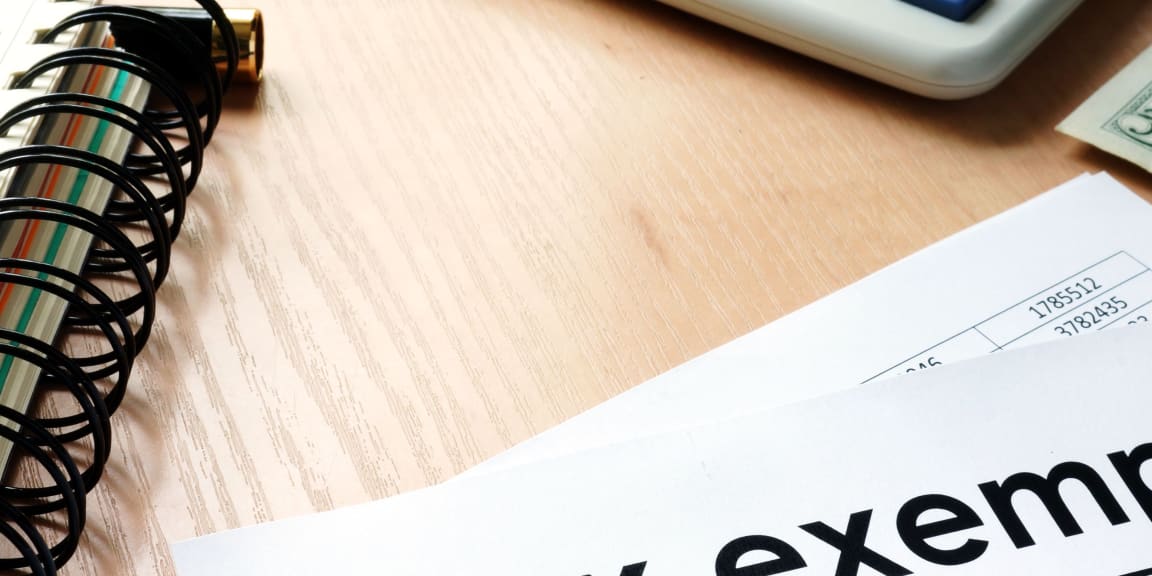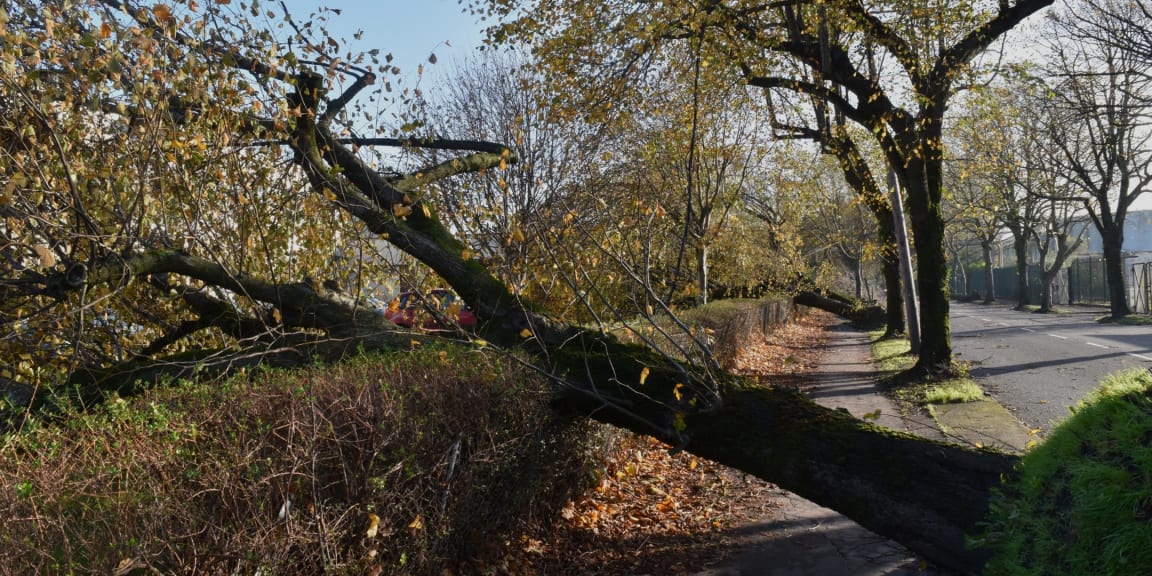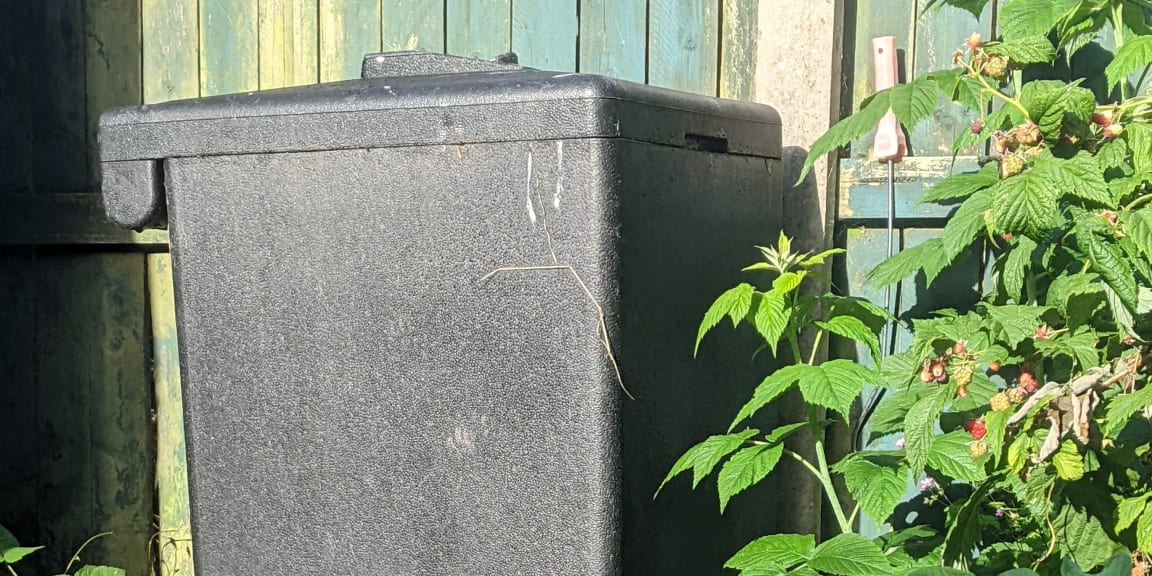Reducing the carbon footprint of an Irish house My story of reducing the carbon footprint at home.
Like most people, I wanted to do my bit to help Ireland go green. But where to start?
I was keen to make some changes to reduce the carbon footprint of my home. But I was faced with the same stumbling block as most people - where to start? There are a thousand things I know that would help, but which are the most important / cost-effective / achievable?
We all know the steps that reduce our carbon footprint. Adding solar, insulating our homes, heat pumps, and electric cars. They are all great, but they all cost money. For most of us, myself included, doing them all on day one is not realistic. There's only so much time and money, so choices have to be made for where to start.
What gives the best CO2 reduction for your buck?
That was the key question I was faced with when taking on the project of reducing the carbon footprint of my own home here in Cork.
Sharing what I did (including costs and results)
I hope by sharing my approach - what I did, what it cost, and most importantly why I did it in that order - it might help others in trying to work out where to spend precious time and money. I live in a three-bed, end-of-terrace house in Cork, and this is what I did to reduce its CO2 emissions.
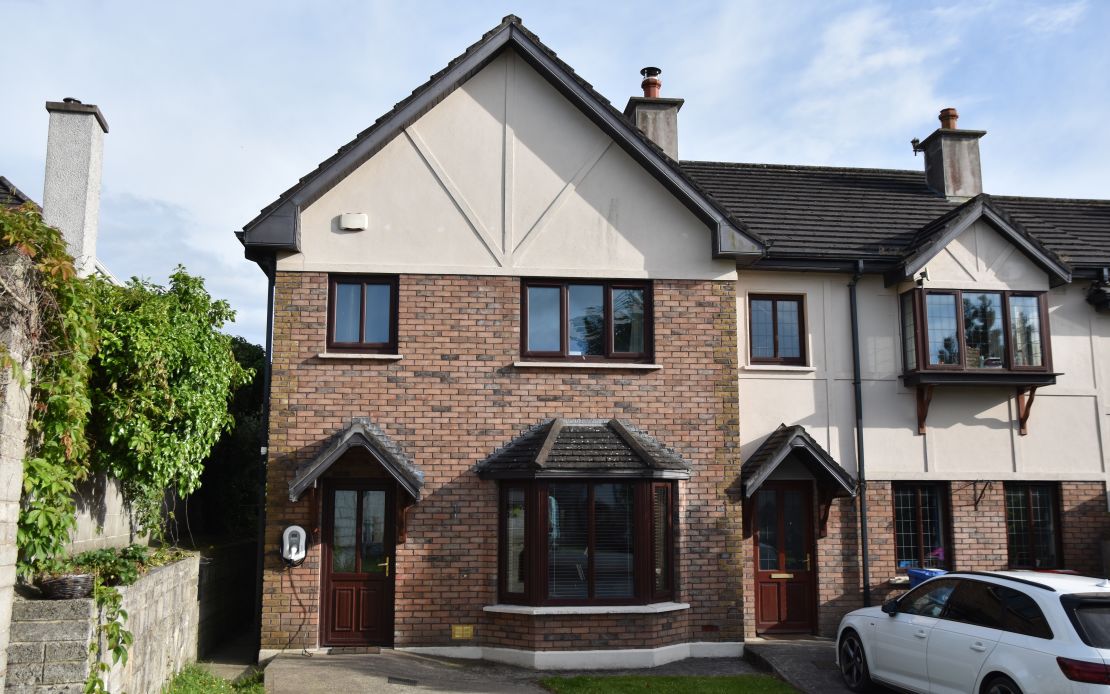
Summary
Our house was built in 1999, to then building standards, leaving it fairly out of date by modern standards. We made 4 main changes to the house:
- Insulation: Pumped the walls and extra attic insulation
- Replaced all windows and doors with triple-glazing
- Installed Solar PV panels
- Replaced gas heating with Air-Source Heat Pump
Outcome: BER moved from C1 to A1
The BER certificate claims this has reduced the energy consumption from 165 kWh/m2/yr to 18 kWh/m2/yr, which is an 89% reduction.
It's hard to know how much that is reflected in reality - that energy consumption calculated on the BER is only for heating and light, and so does not cover all the other electricity consumption of the house. During that same time, we bought an electric car, cancelling out some of the reductions in power use elsewhere. Overall though, we've been very happy - our bills are low, and the house is much warmer and more pleasant to live in now.
Net Cost: €20,900
The total net cost (after SEAI grants) was €20,900, though please note we did the first three items on the list back in 2019, prices have likely risen a fair bit since then.
1. Insulation
Even though I work in solar, I would not recommend it as a starting point. In my experience, insulation offers the best value for money in both reducing your bills and reducing the carbon footprint of your home.
My house was built in 1999, and so had some insulation in the wall cavity and in the attic, but there was lots of space for improvement. This is what we did in 2019 (so please note, prices are 2019 prices).
1. Pumping the walls with Kingspan EcoBeads: €1,250
This halved the amount of heat that escapes through the walls. For those of a technical disposition, they estimated this changed the U value of the walls from 0.59 W/m2K to 0.29 W/m2K.
2. Adding an extra 200mm of rockwool insulation over the existing insulation in the attic: €1,650
This should reduce the heat escaping through the attic by almost 2/3rds. In numbers, it changed the U value of the walls from 0.40 W/m2K to 0.14 W/m2K. They did a few other bits too (like putting down some flooring and an attic ladder) — amazing value, I thought.
SEAI Grant: €800
This meant a net cost to me of €2,100. Great value considering the difference in warmth to the house it has made (more about that later).
Supplier recommendations
I used C & W Insulations based over in Midleton, County Cork. They are excellent. I know a few other people who've used them too, all with equally great experiences.
2. Windows and Doors
Installing solar panels isn't my number 2, either. Next, for me, was windows and doors.
My windows and doors were double-glazed and 20 years old. I replaced them all with the top-spec "passive house" standard triple-glazing.
Cost: €7,700
SEAI Grant: None
Again, this was done in 2019, so prices have likely changed a good bit since then.
Supplier Recommendation
Munster Joinery did my windows and doors, and were excellent. Again, I've heard many other people say the same. Despite the name, they do operate nationwide. So, if you are up in Galway or Dublin, or anywhere else for that matter, they would still be my recommendation.
Alternative (and much cheaper) option - getting windows serviced
If you have double glazing that's a good few years old, then by all accounts, getting the windows and doors serviced is a great and very cost-effective way to improve the insulation of your house. With time, the windows & doors don't close as snuggly, seals start to leak etc. A good service can cheaply and effectively fix all those little drafts. That should cost you hundreds, not the thousands that replacement costs.
3. PV Solar Panel Installation
Getting photovoltaic solar panels installed came in at number three on the value-for-money list for me and my home. Once I had my attic and wall insulation sorted, and my windows and doors done, it was time to make my own electricity :)
My solar installation: 4.5 kWp, east-facing.
The only suitable roof space I have faces east. That means my production is about 21% lower than the same system pointing due south (those numbers are for PV Solar in Cork, though should be very similar across the country).
East-facing solar panels are not all bad, though. The reduction in production is partially offset by the panels generating power when we need it most.
Households tend to use the most electricity in the mornings and evenings, as the kettles, showers & cookers all go on. An east-facing array of PV solar panels generates electricity in the morning (and west-facing solar in the afternoon / evening) so matches a bit better when we need power. This can reduce the need for (and cost) of adding storage batteries.
Cost: ~€8,800
SEAI grant: €2,400
Net cost to home-owner: ~€6,400
The grant rules, and costs, were different when I had my panels installed 3 years ago. The numbers above are updated for solar installations in 2022 here in Ireland, hence being approximate though, that's the right ballpark for a house like mine in Cork. For the latest information, check out our guide to the cost of solar panels Ireland.
Outcome: Super happy me
I've been very happy with the performance of the solar panels. It generates almost half the amount of electricity we use as a family of 4. That's been great as, although we are eco-conscious, we use a high proportion of electricity for our energy needs. Our oven is electric, our showers are electric, and we even have an electric car. So, all that considered, I've been very happy to get almost half our usage amounts generated by the panels.
Side benefit - it is kind of addictive looking at all the electricity generation figures live on my phone as the panels kick in each day :).

4. Heat Pump
This was the last major item on the eco-drive for our house, installed in 2023. We got a 5kW Panasonic Mono Bloc Air-to-Water heat pump installed. This also involved getting a hot water cylinder fitted (300l Kingspan cylinder), and replacing 3 radiators downstairs.
So far so good, it's been excellent even over the colder snaps in the winter. We kept the old radiators upstairs and that's been fine. The only main difference is that we need to plan a bit further ahead - it takes longer to heat up the house. The old gas boiler might take an hour or so to heat up the house. The new heat pump takes a good few hours, so we just set it to come on earlier.
The electricity use has been very reasonable so far. That's helped by smart meters. We have it programmed to heat the water only overnight whilst the power is super cheap, and that's really helped make it very reasonable.
A few tips we learnt along the way
They come in two types. Traditional ones have a unit outside and a big unit inside (something the size of a fridge). For us, though we were short on space, so we got the other type which is called a "Mono Bloc" heat pump. With Mono Blocs, everything is contained in the one unit outside. Handy for people like us who are limited on space inside the house.
Heat pumps blow a lot of cold air out, so be conscious of where you place it and which way it's facing. Finally, they do hum, so we had ours placed with a gap between it and the house, so no noise comes in and that's worked perfectly.
Cost: €11,400
SEAI grant: €6,700
Net cost to home-owner: €4,700
That cost is made up of €10,900 for all the equipment & installation, and €500 for the BER assessor (that covered the two jobs they had to do - a technical assessment beforehand, then a new BER cert afterwards).
Supplier recommendations
I used Alternative Heating and Cooling who are based in West Cork. They seemed excellent to me. Friendly, knowledgeable, good prices and neat work.
For the BER / technical assessment, I used Angelo from BER Arch , who's based in Cork City. Again, he was great - fast and very helpful.
5. Results: 87% reduction in CO2 footprint
The combined result of the three changes above (insulations, triple-glazing and PV solar panels) has resulted in an 87% reduction in the CO2 footprint of our house for heating, hot water and lighting (which is what the BER covers).
BER results
- House rating before: C1, 165.21 kWh/m2/yr
- House rating after: A1, 17.57 kWh/m2/yr
Here are the before and after BER certificates:
Total Cost: €20,900
This is the total cost of €30,800, less the SEAI grants we got back of €9,900
6. The small bits that add up
Next on our list was all the small bits. Going through everything in the house & garden to see what little changes we could make that all add up to a lower carbon footprint.
None of this appears on a BER certificate, but I hope they all add up, both directly and through changing my own actions.
Replacing light bulbs with high-efficiency LED
I had not bought a non-led light bulb in years. But, when I actively went around the house looking for any low-efficiency ones, I was surprised by how many I found. Bedside lamps, bathroom cabinets, there were more than I would have guessed. We replaced them all.
Collecting rainwater to water the garden (Cost: €40 - €60)
More one to get the kids thinking about consumption, as well as a bit of fun.
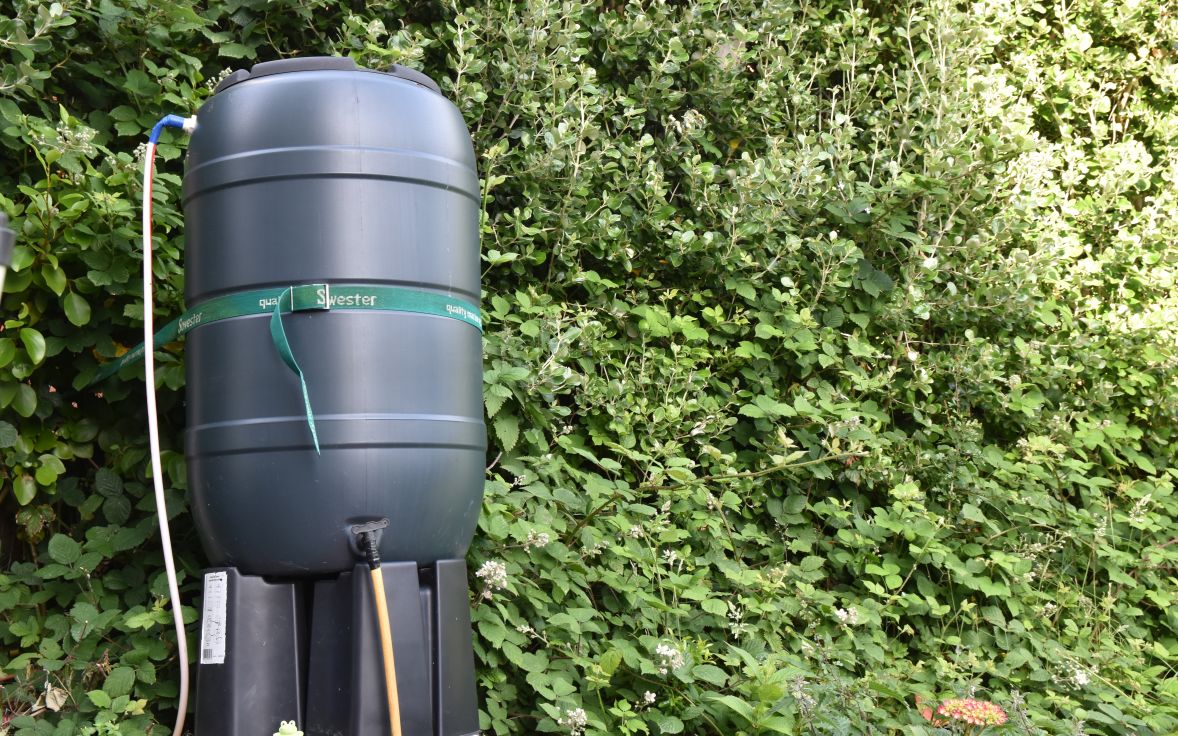
Hot Compost Bin (Cost: €250)
A hot compost bin is effectively just a big polystyrene box. The heat that is released as the plant and food material break down inside the compost bin is trapped inside. The whole system gets hot and runs between 40°C and 60°C. This has a few main benefits:
- No Vermin - it's too hot for mice or rats to take up home in the composter
- Fast composting - compost is produced in a fraction of the time
- Larger range of things are compostable (eggshells, meats, even those compostable coffee cups, etc).
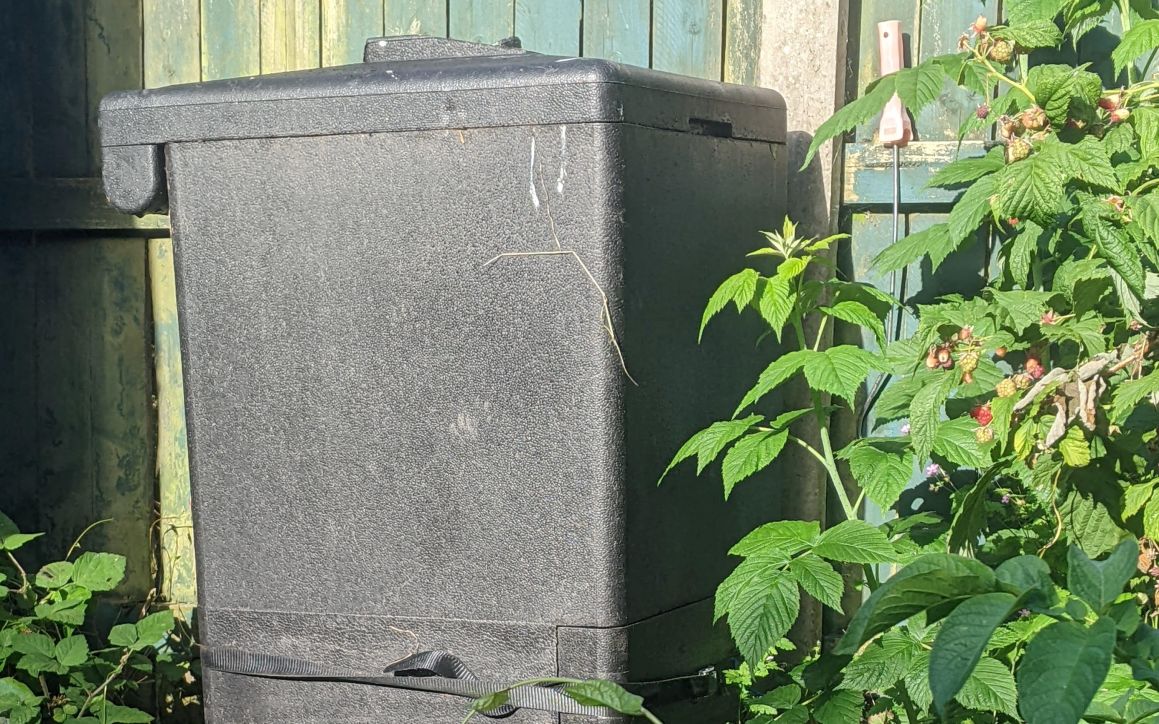
For me, buying a hot compost bin was about reducing the weight of waste that has to be carted away by a big diesel-powered bin truck each week. The hot compost bin can take many things that the normal compost cannot, such as eggshells, meat waste, chicken bones, and even things like those compostable coffee cups, that don't really break down in a normal compost pile. The added heat allows it to take in much more.
The reduction in weight that has to be driven away by the bin wagon is very noticeable. Do note though they do take a bit of maintenance to keep them running well.
I have the 100l version, which is more than big enough for a family with a small garden. It's made by Hotbin Composting . I bought it from Clonmel Garden Centre .
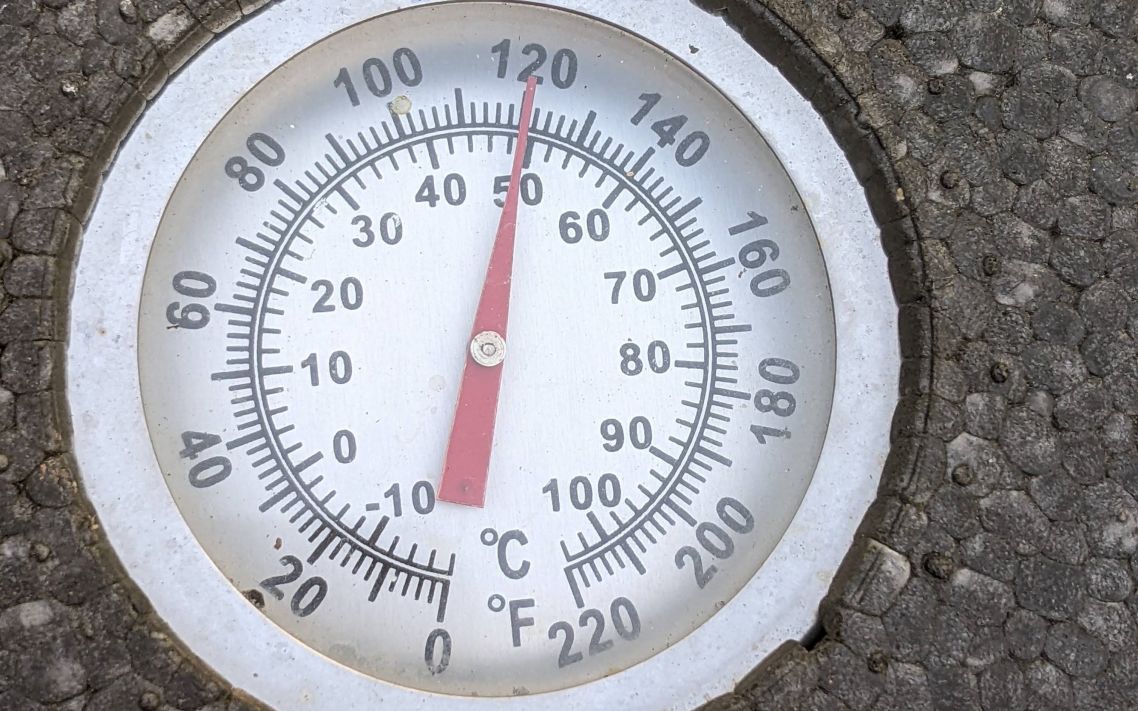
Hosepipe spray gun (€14)
Okay, I know I am into the weeds with the detail of this one, but I love it as a great example of a simple small thing making a big difference. I've young kids, and unchecked on a summer's day they can be a little un-eco-conscious with the hosepipe water consumption shall we say! In terms of water-saving per Euro spent, the hosepipe spray gun is the best purchase I've ever made. As soon as they let go it turns off automatically, :) Spray Gun from Co-Op .
Push lawnmower (€79.99)
Push lawnmowers are back! I'd not seen one for about 35 years, but with people becoming more eco-conscious, replacing the petrol engine with some leg power has returned. We got rid of the old petrol mower and replaced it with one of these Bosch push mowers from Woodie's .
It does not do a neat a job as a petrol mower, nor does it cope well with long grass. But for us, with a small back garden, it is more than capable.
And plenty more...
The above are just examples, but I found a fascinating project to go through everything and see where I can make savings, in the hope that not only do they all add up in carbon reduction, but it also gets me and my family thinking about our actions and that can only be a good thing.
Side Note: I've also done some eco-science projects with the kids, like our DIY Solar Panel paddling pool heater.
7. Electric car
This was a big purchase, requiring equally big consideration. The cost kept it down the priority list.
Cost: €42,000 for the car, plus €1,000 for the home charger
We bought a Hyundai Kona in 2019 (they are the 2019 prices above), and have been super happy with it. It is a big investment though, so took some thought and planning.
It came this far down the list due to the price. This investment is more expensive than all our other eco-improvements put together. It also has a shorter lifespan. Although they say that electric cars should outlast their petrol counterparts (due to having roughly 10% of the moving parts), they still don't have the life span of the solar panels (20+ years) or the other changes we made.
Eco-benefits
I did some back-of-envelope calculations when researching this electric car. The carbon footprint of manufacturing the vehicle is larger than the equivalent petrol car. But the carbon footprint per kilometre driven is about 40% of the equivalent petrol car, and will only reduce further as Ireland's electricity supply adds more renewable electricity into the mix. According to my (admittedly approximate) calculations, when the vehicle hits 40,000 kms then the additional carbon footprint of manufacturing has been paid off, and we are into net benefit territory.
I'm also conscious of flying the eco flag - I hope that visible symbols, such as solar panels on the roof and an electric car, help encourage others to make such decisions too. That was part of the rationale behind such a purchase. Someone has to be the first mover.
Financial benefits
The savings in fuel costs are huge. We charge the vehicle at night and have a night rate meter. A full charge (450kms range) costs about €7. Petrol, to drive the same distance, would cost around €70.
Eco-nerd section - the numbers
Focusing on what swings the leaver
I'm a big fan of the bank-of-envelope numbers in CO2 reduction plans. It helps me know where to focus my efforts. Some things we've done because they help. Some things are just for fun, and some things don't really make much difference, but if they get us thinking about conservation more that helps elsewhere.
The numbers on electricity savings — huge
324 g CO2e / Unit (kWh). That's from the SEAI's 2020 report . The solar panels above generated 2935.2 units in 2021, so that's 951 kg of CO2e saved, which is very significant.
The numbers of water saving - tiny
0.334 g CO2e per litre of drinking water. I couldn't find any figures for Ireland, so that's from the UK. So, using the whole water butt above once (200l) would mean a CO2 saving of 66.8g of CO2e. That's about the same CO2 footprint as boiling a full kettle once, or eating just 1.7% of a Big Mac! (based on ~4kg / CO2e per Big Mac). Such water saving things are fun, but they don't really swing the level much on their own. However, if it makes me think about declining a Big Mac just once, then it's very worthwhile.
Thanks to Eamonn from KnowCarbon for pointing me in the right direction on numbers.
Thanks, and good luck with your eco-project!
If you've made it this far, then firstly, a huge thanks! I hope that sharing my eco journey helps you in making your own plans.
Take this all for what it is - just one person sharing their own approach. I'm no great expert. That said I really did my homework before embarking on this eco-improvement journey, including using my (admittedly rusty) engineering skills to crunch the numbers too. I hope that sharing my conclusions as to the best way to invest my time and money to reduce carbon footprint helps you in your own journey.
Side note on the companies / products mentions
For the record - I've shared the companies I really used & would recommend. No one has paid to be here and they are my honest experiences. If you run a company doing similar please don't request to be added (unless you really have done eco-related work on my house!)

